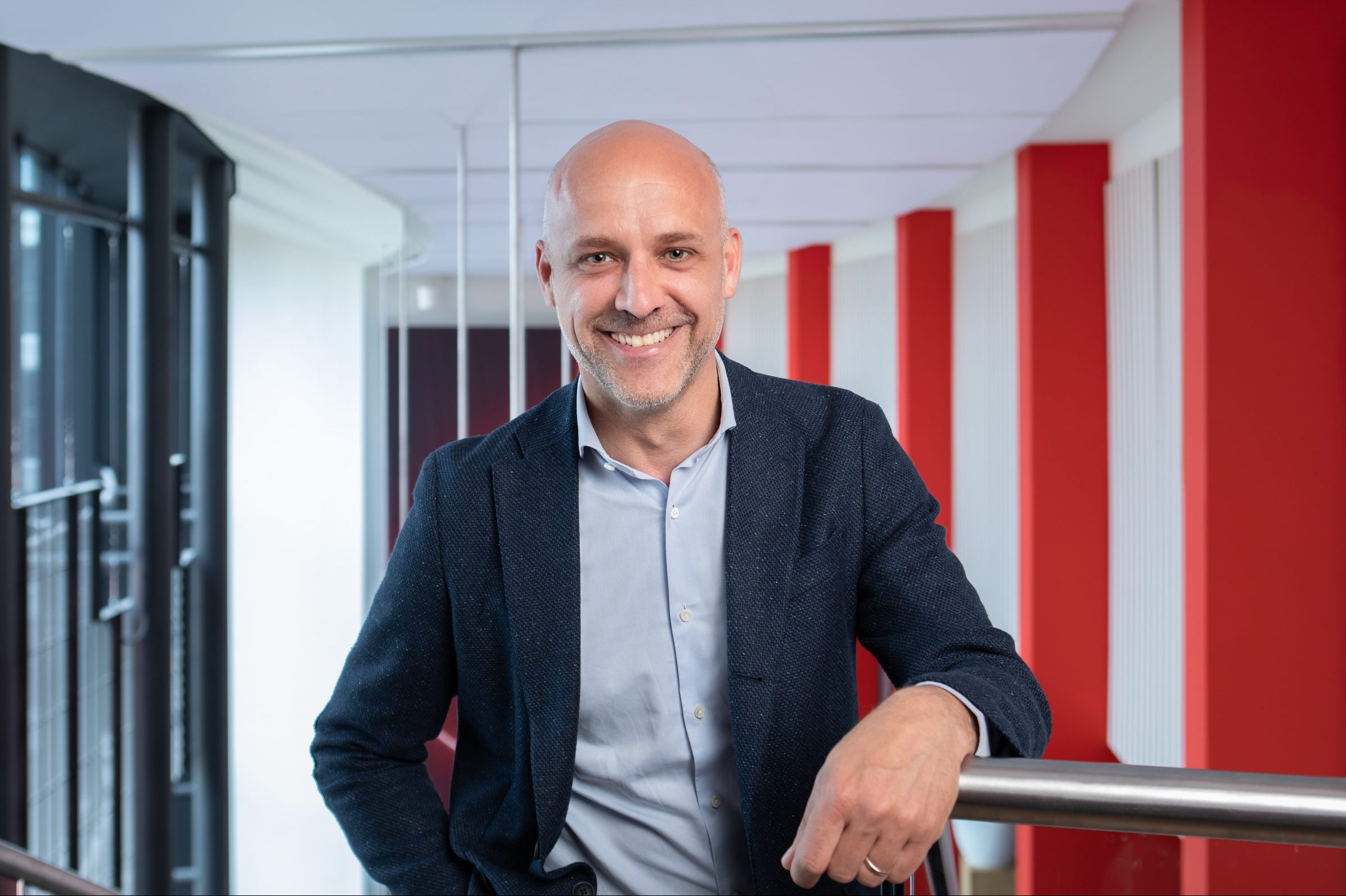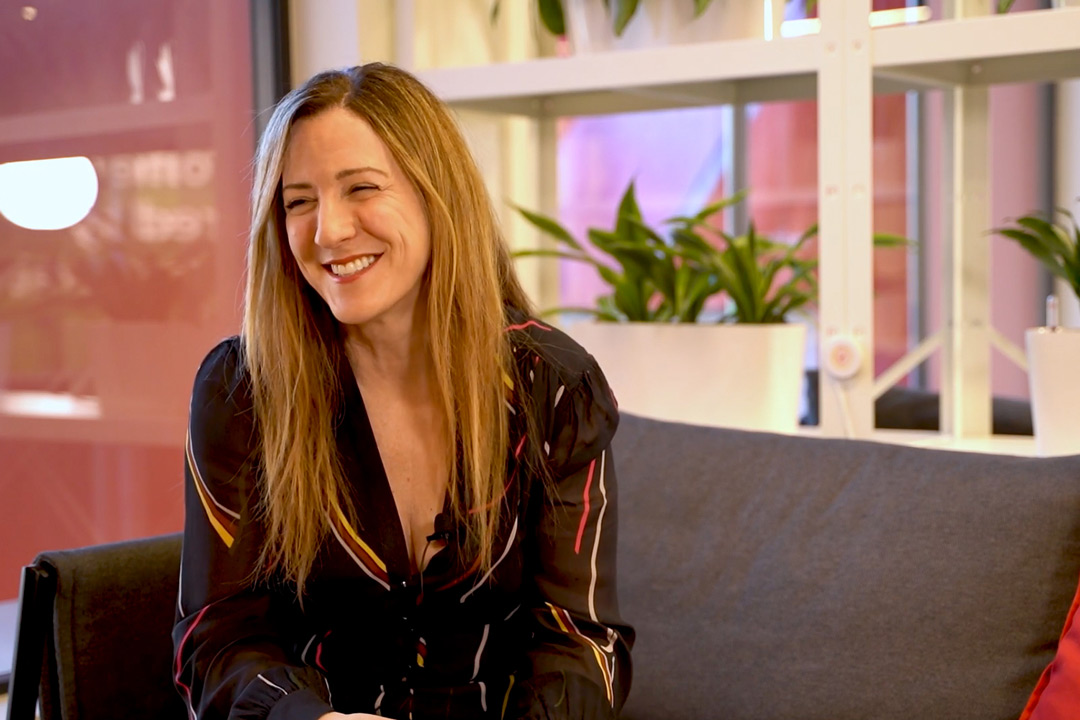Bringing the benefits of full 5G to everyone isn’t just an issue of technology or logistics – tailoring that tech to new customers and issues of scale are just as important.
Technology – how it works and how it can improve all our lives – is one of the things that I think and enjoy talking about most often. But how to bring that technology to as many people as possible weighs on my mind just as much, yet it’s something that many others barely consider.
But I’m getting ahead of myself. In June 2023, Vodafone announced a UK first – the launch of 5G Ultra, our proposition to bring 5G Standalone and Non-standalone connectivity together for the general public.
This is a significant milestone for digital in the UK as it demonstrates the promise of “full” 5G.
5G Ultra has been years in the making and I am incredibly proud of the complex work our team has done so far. But now we now face an even more challenging task: how to pay for a 5G Standalone alone network which is everywhere and anywhere.
5G Ultra: Everything you need to know
5G Ultra is Vodafone's name for 5G Standalone services in the UK - the next iteration of 5G. Here's what it can do for you and how you can get it.
We need to fundamentally reconsider and change the way we deliver connectivity. The proposed merger with Three UK is critical in delivering our 5G Standalone vision. The merger would bring scale in every sense of the word. With more customers, we would be able to invest significantly more into rolling out 5G Standalone as we would be certain to get a return on that investment.
The merger, as well aspects of 5G Standalone itself – network slicing and MPNs (Mobile Private Networks) – can democratise the benefits of digital.
What is the difference between “full” 5G and what we have today?
Today, the 5G experience is only a fraction of what is possible. There are of course benefits, such as increased download speeds for end-users, but this is only part of the picture.
5G Non-standalone is a blend of 4G and 5G technology. With 5G Standalone, every element of the network has been upgraded to 5G.
There are several additional benefits of 5G Standalone that go far beyond what we can deliver on the 5G Non-standalone network:
- Much greater capacity –more devices can be connected simultaneously to avoid congestion.
- Lower latency – this is the ‘responsiveness’ of the network. The lower the latency, the less buffering and the better the mobile experience for customers.
- Increased reliability.
- Increased security.
- Better battery performance – greater network efficiency means device batteries drain less quickly.
Alongside all these benefits, with “full” 5G we can start to offer network slicing, a new way of creating several connectivity options on the same physical infrastructure. Most importantly, each slice is isolated, so one slice will not impact the performance of any other.
Network slicing: Everything you need to know
Network slicing, a new way of delivering customised connectivity experiences, will be made possible by the introduction of 5G Standalone (5G SA). But what is it and why do we need it?
How does network slicing tie into Mobile Private Networks and help telcos better build public networks?
Mobile Private Networks are sold to business customers and public organisations who want greater control, reliability, and security.
In the simplest of language, we are building a new network. It is effectively the same as the public network, but in one particular place and exclusively for the business customer that is paying for it.
This might not sound like a benefit for consumers and the public network, but when you tie in network slicing, it becomes a lot clearer.
By selling a Mobile Private Network to a business, Vodafone is building digital infrastructure in a place we might otherwise not have. Working with the owner of the MPN, perhaps additional capacity could be added, so it serves two purposes.
With network slicing you can create two isolated networks. The first can serve the business customer’s requirements. The second can offer 5G Standalone connectivity to consumers who are in the area.
In some cases, this might help create 5G coverage in areas that might not have got it for months or years. In a way, businesses are supporting their local communities as well as their own operations.
There are of course still barriers to this. Net neutrality rules need to be addressed, but in essence, this could be a way to ensure investments in private networks by the business community also support the deployment of public 5G networks.
Vodafone launches 5G Standalone Mobile Private Network solution
Vodafone launches 5G Standalone connectivity over its standardised Mobile Private Network solution to offer ultra-low latency, high availability connectivity to power businesses into the future.
Why can’t Vodafone just pay for it without a business customer buying a MPN (Mobile Private Network)?
Vodafone is currently in the process of upgrading its entire network to ensure 5G Standalone is available for as many people as possible, as soon as possible.
But upgrading a network is incredibly time-consuming and expensive. The telecoms industry is currently being asked to do this alone, which presents a problem: we cannot afford to deliver 5G Standalone to everyone and anyone in line with the timing the Government has set out.
If we maintain the investment model status quo, there will be a gap of £23-25 billion. As a result, only the cities and major towns will get all the benefits of “full” 5G, creating a new digital divide. To prevent this from happening, we need help.
The answer to why we are prioritising city centres for 5G Standalone is simple. Population and business density is higher in cities and larger towns. So, upgrading even just a single mast site in more urban environments immediately benefits more people. It stretches limited investment funds further, allowing us to serve more customers in a shorter period.
We are, of course, deploying 5G in more rural locations as well. But it must be a very considered approach, understanding where the greatest impact is. So, bringing “full” 5G everywhere and anywhere will take time, if it is even possible to do so at all.
We should not be satisfied with this approach – we need to make sure the benefits of digital are being delivered to everyone, not just the urban majority.
There are several ways we can avoid this scenario, one of which is blending network slicing and the deployment of MPNs to help support the deployment of a wider, public 5G Standalone network.
5G is a once-in-a-generation opportunity. We cannot, we must not, let this opportunity slip through our fingers.
Stay up-to-date with the very latest news from Vodafone by following us on Twitter and LinkedIn and signing up for News Centre website notifications.



